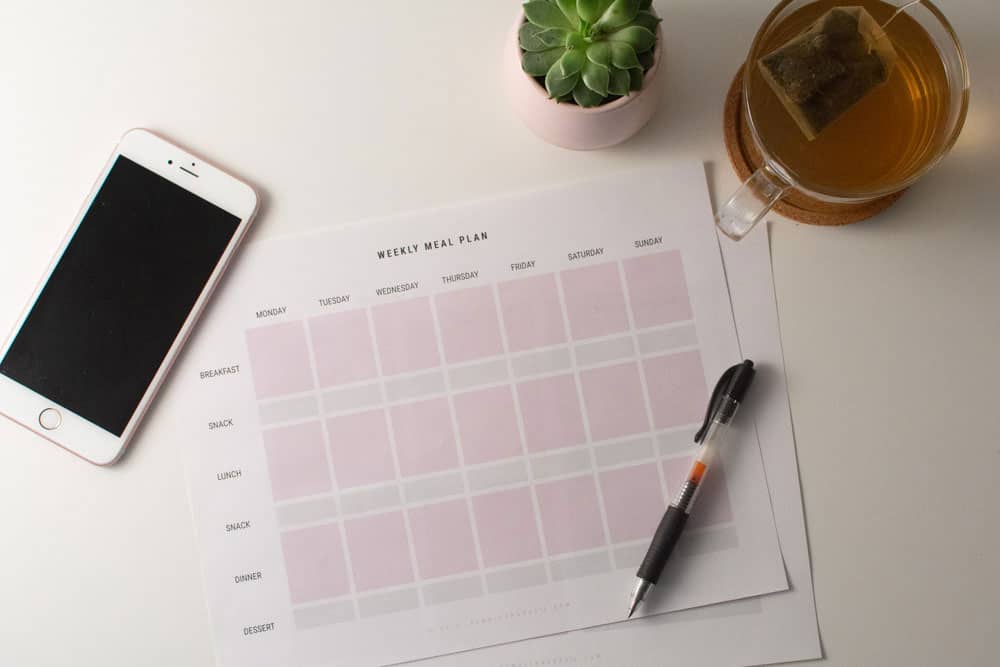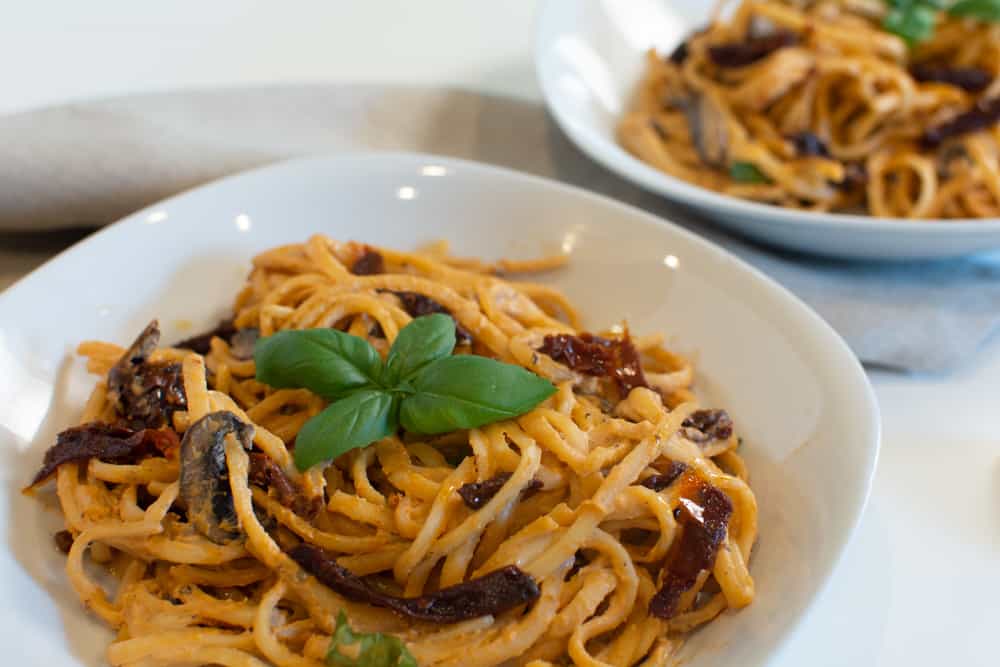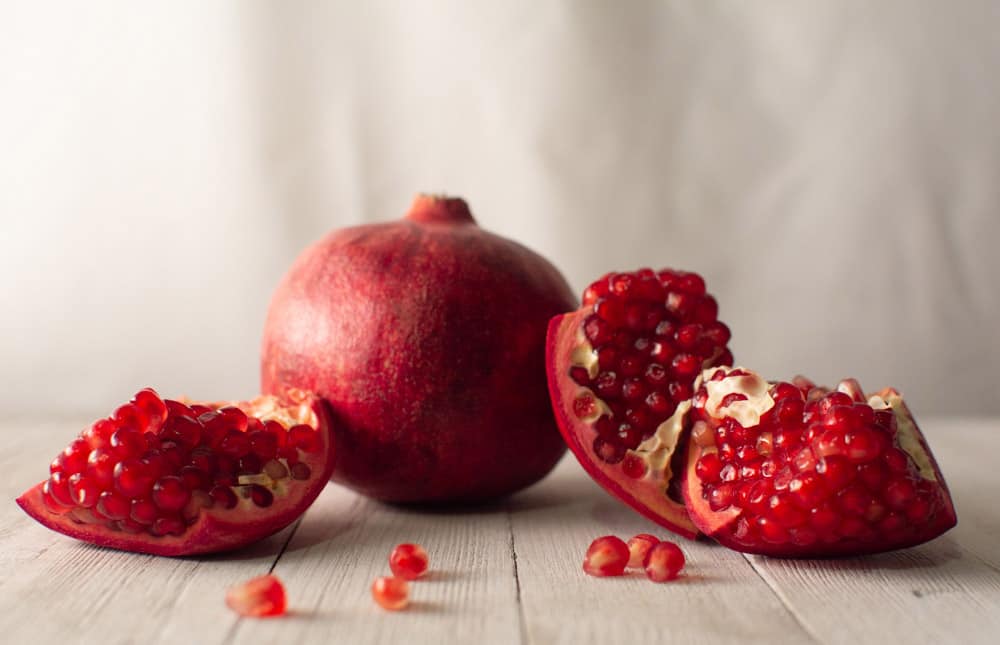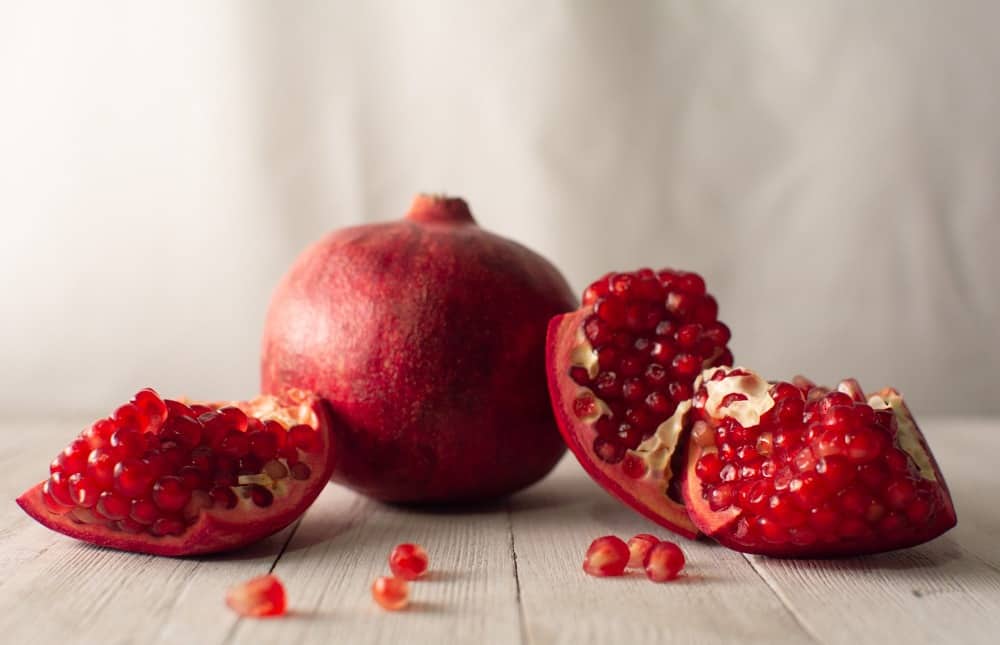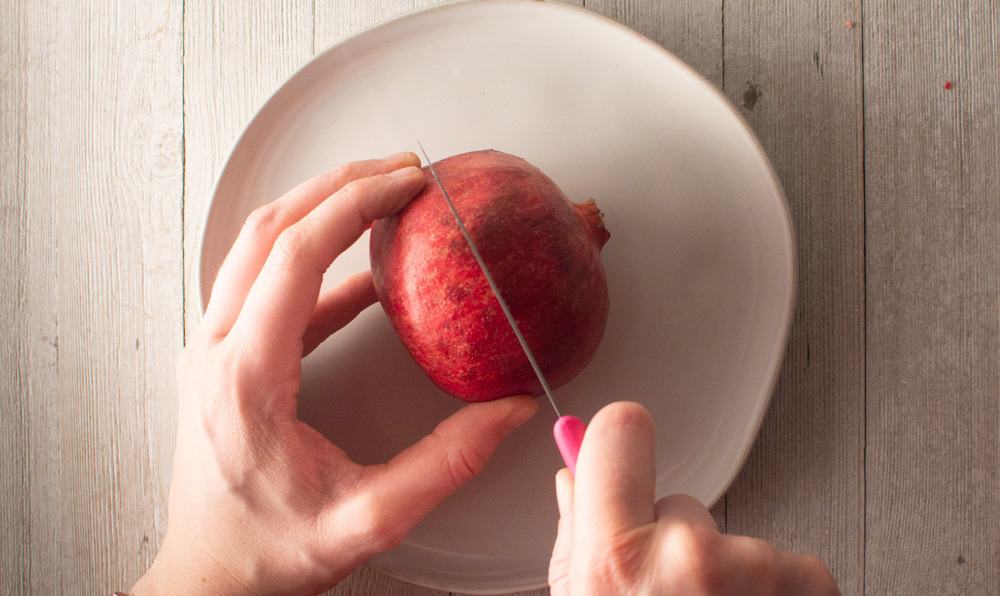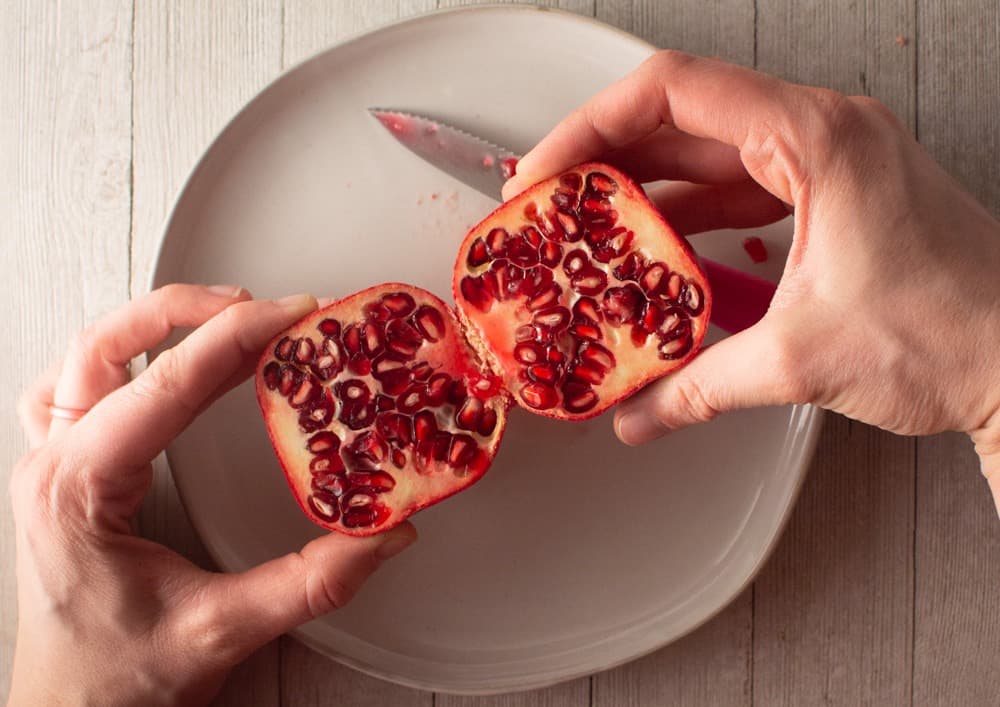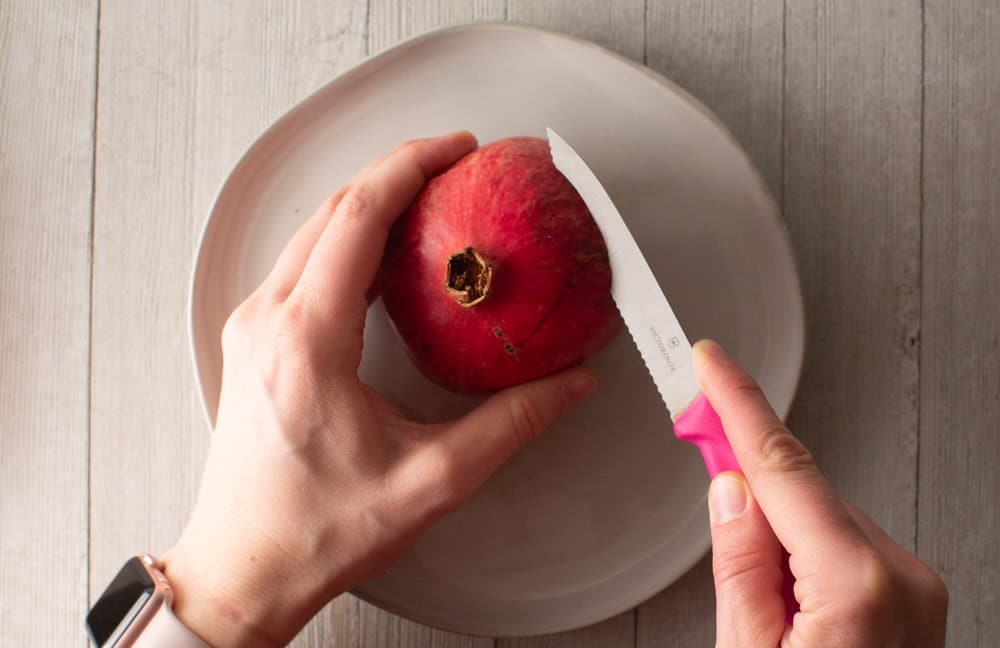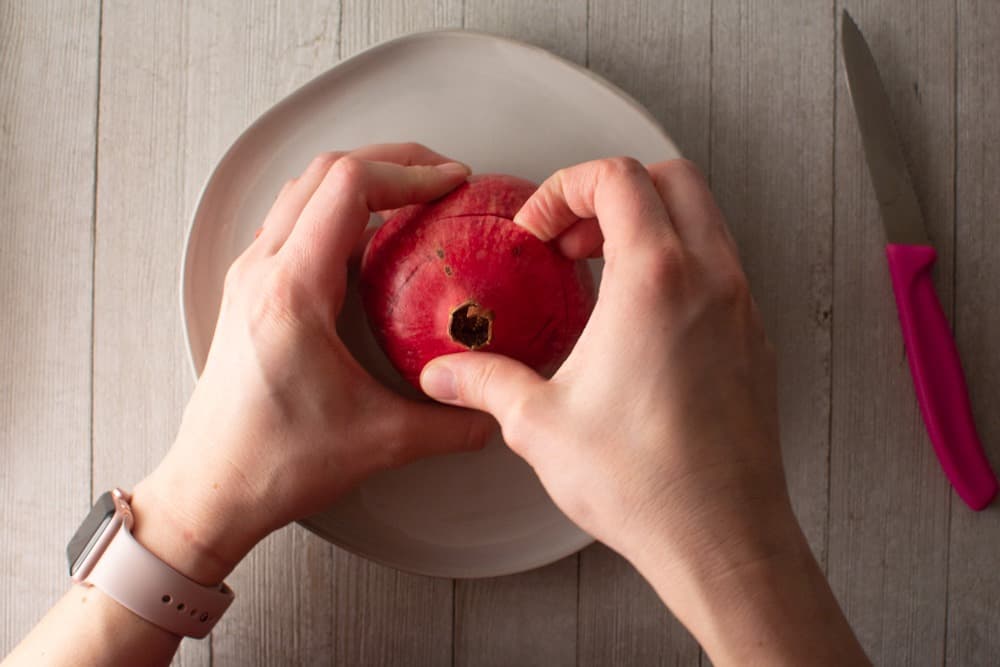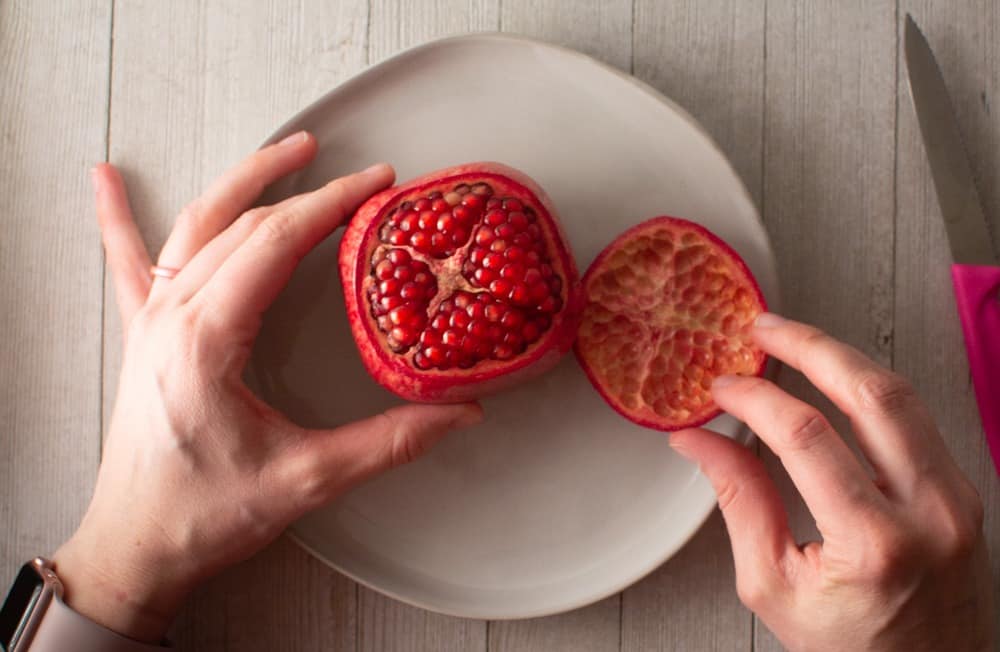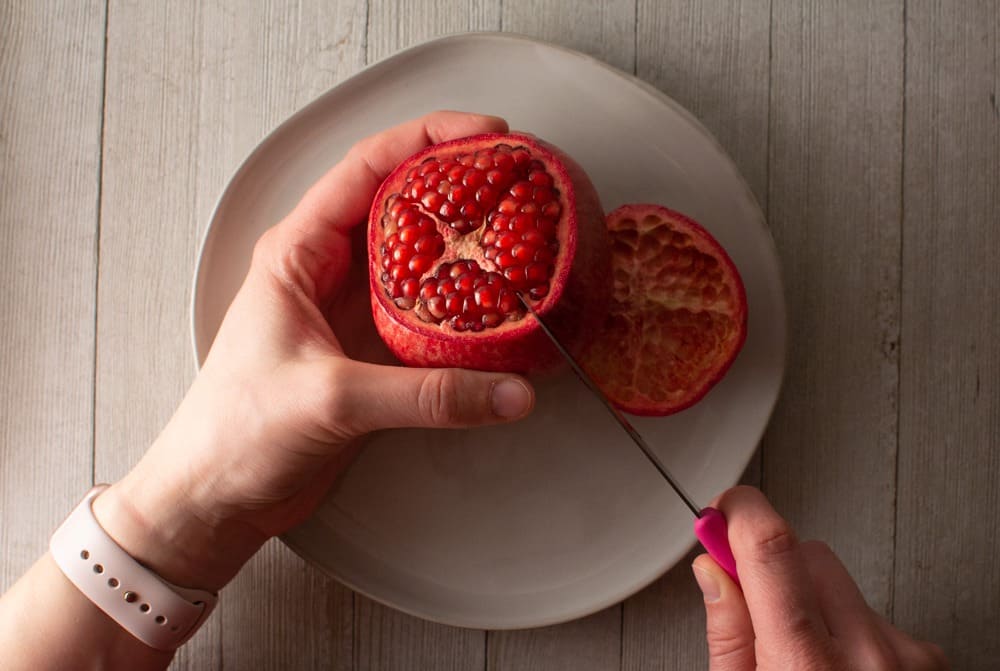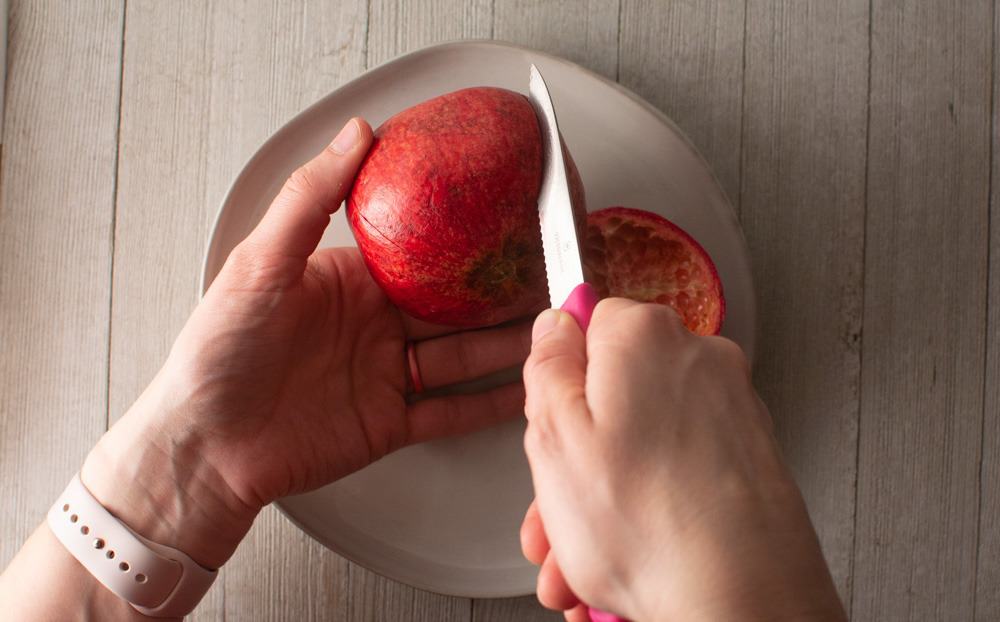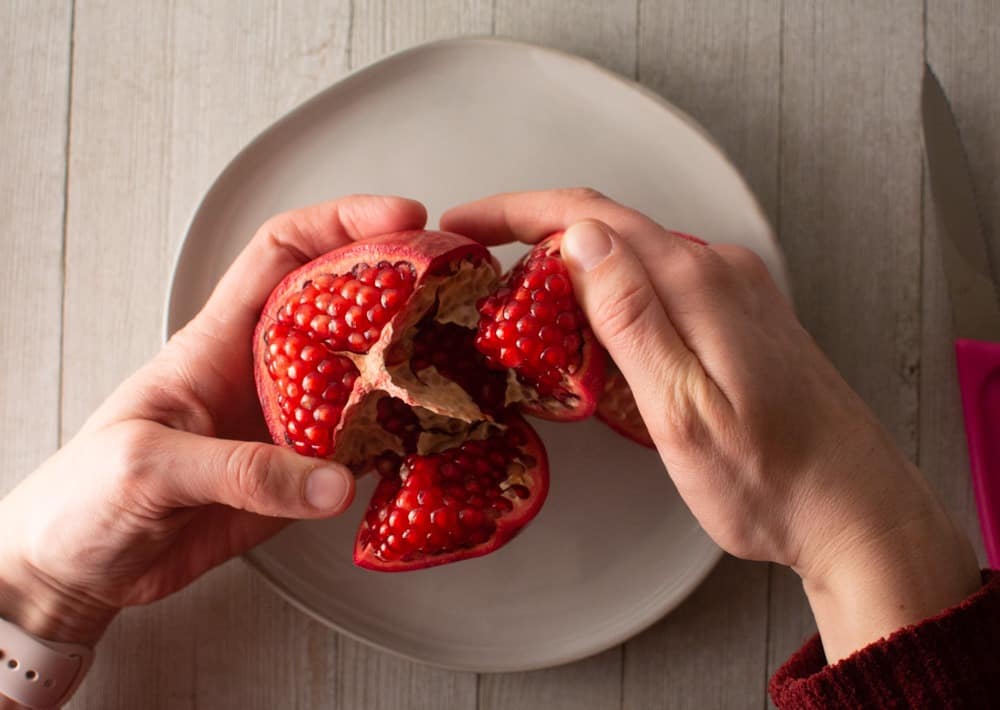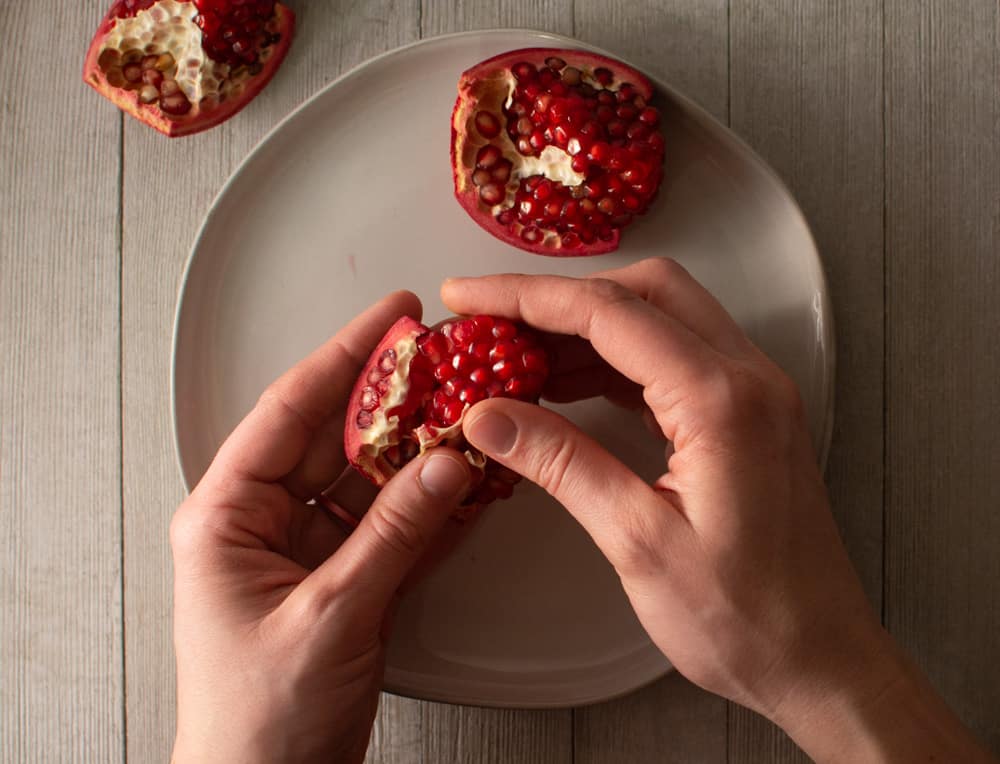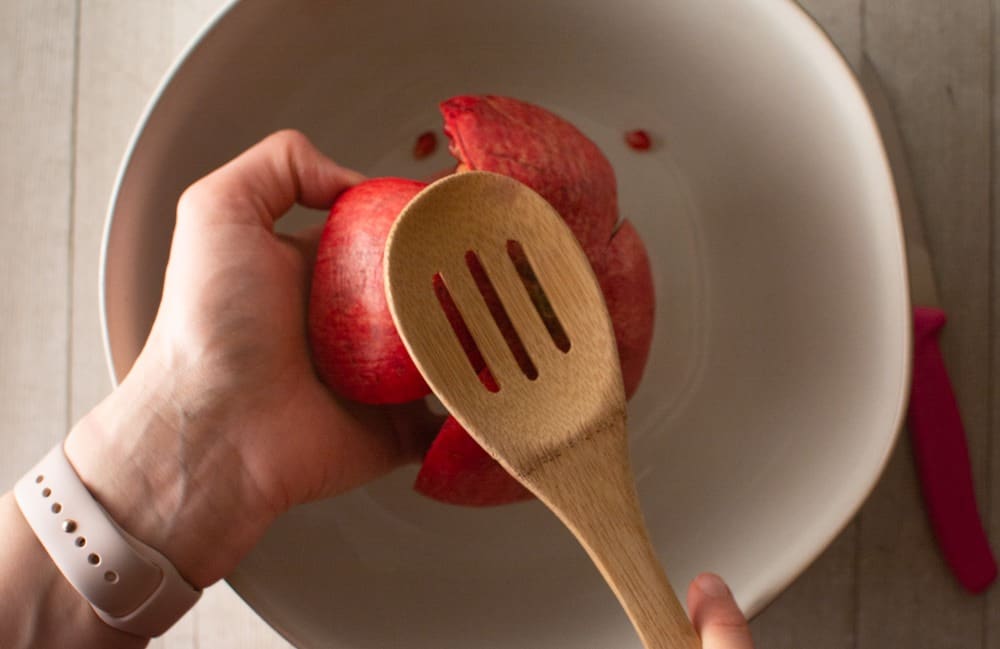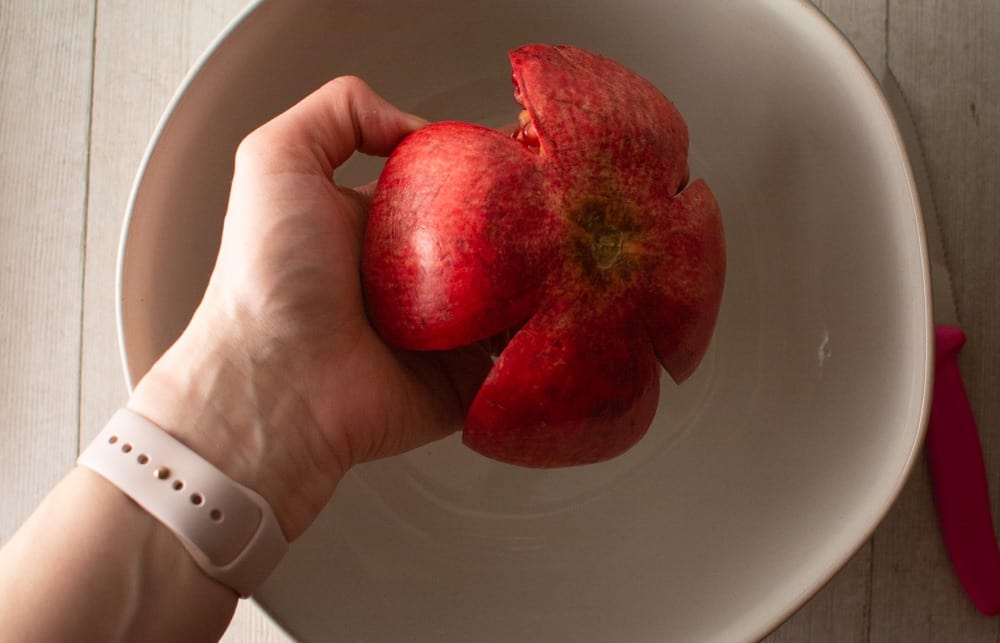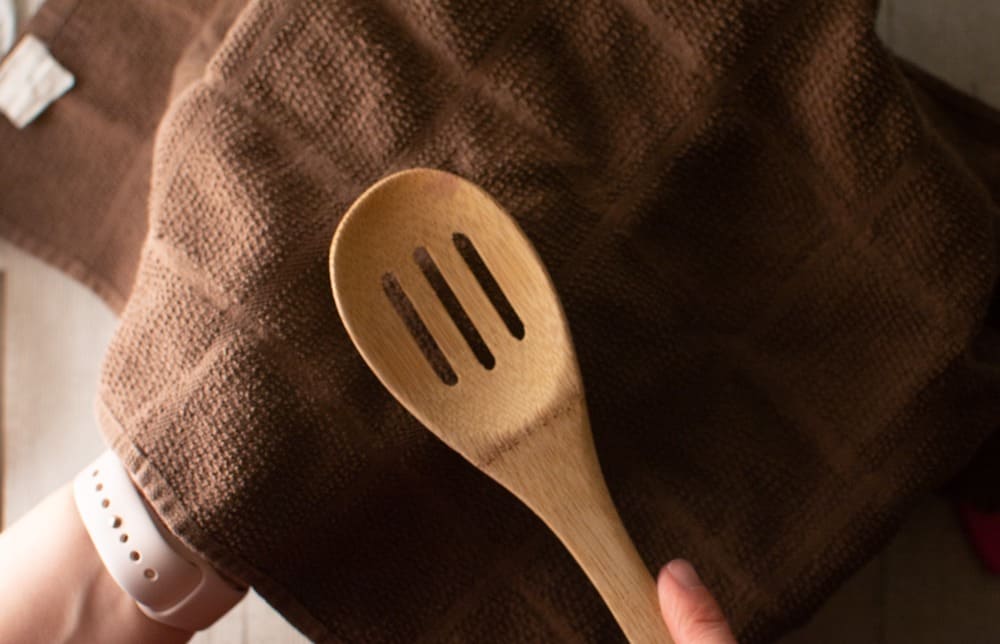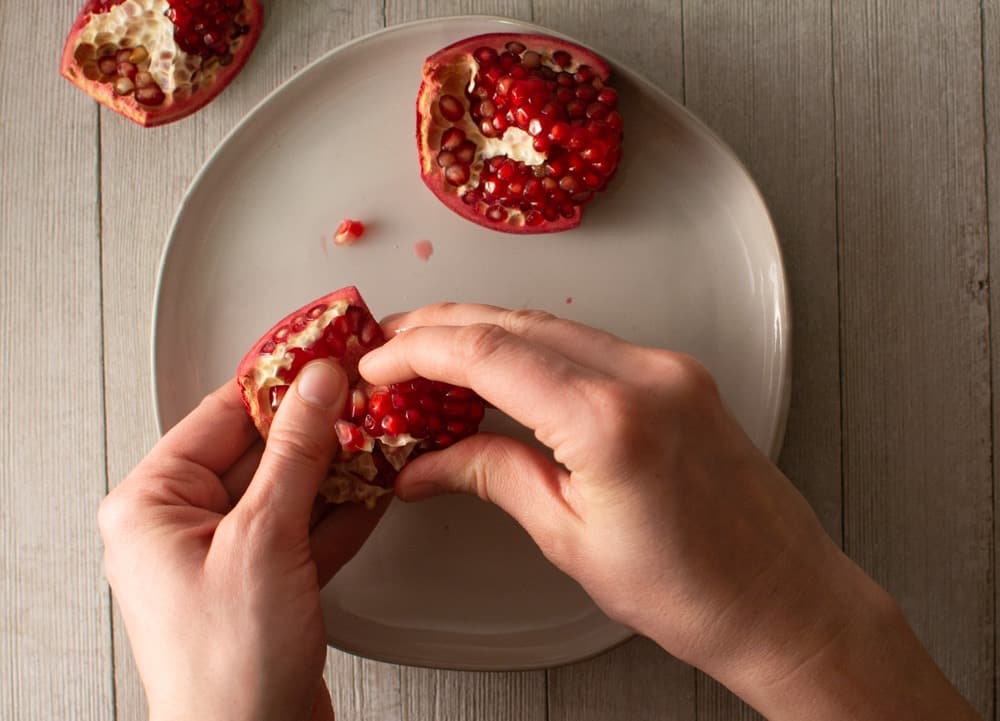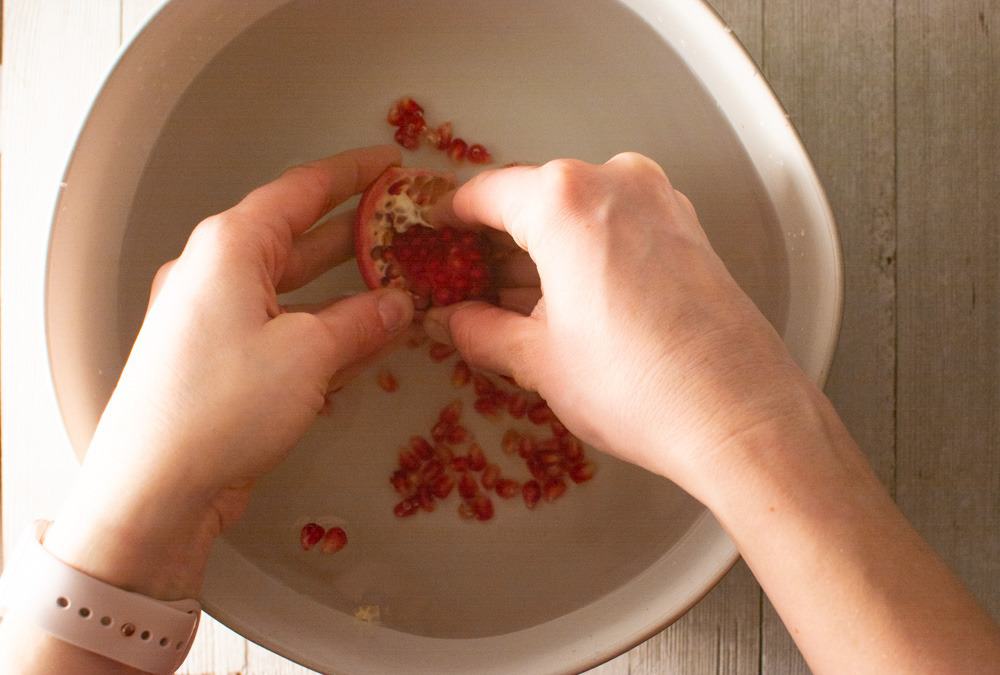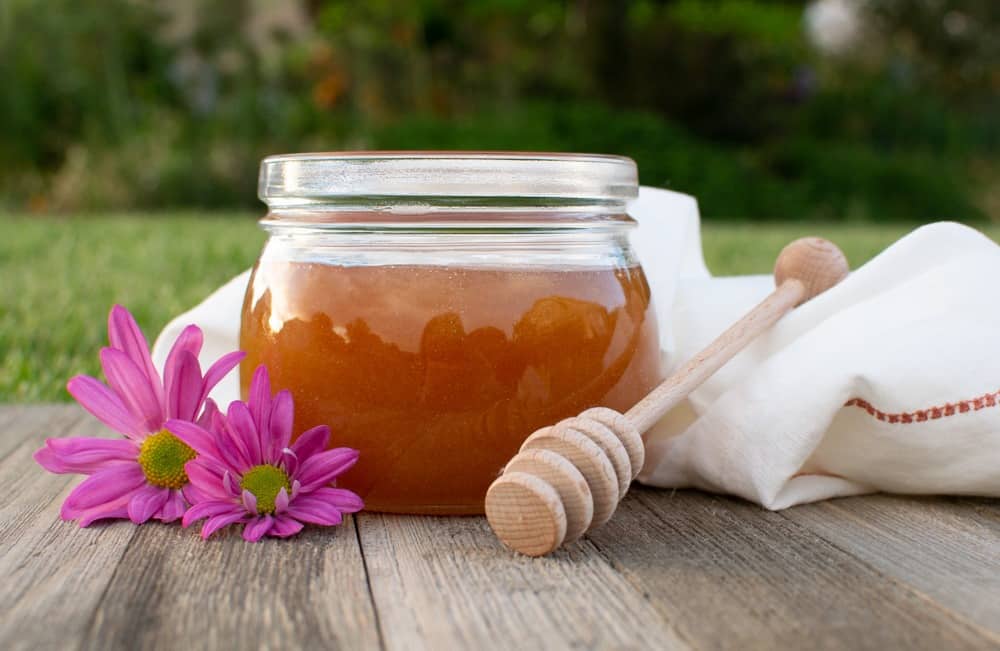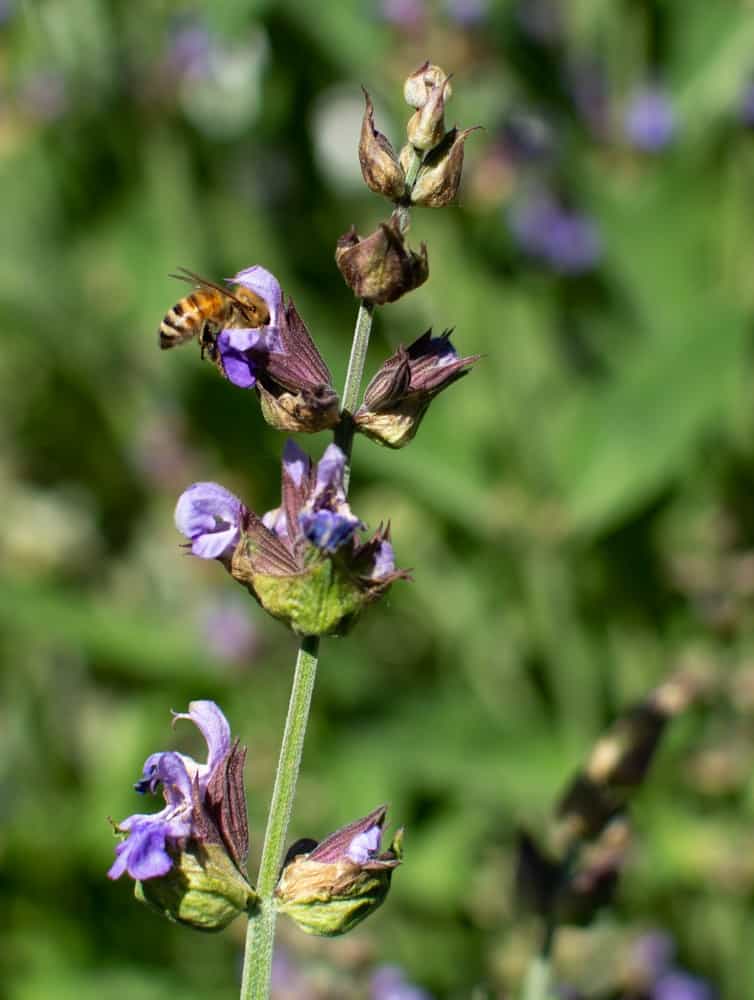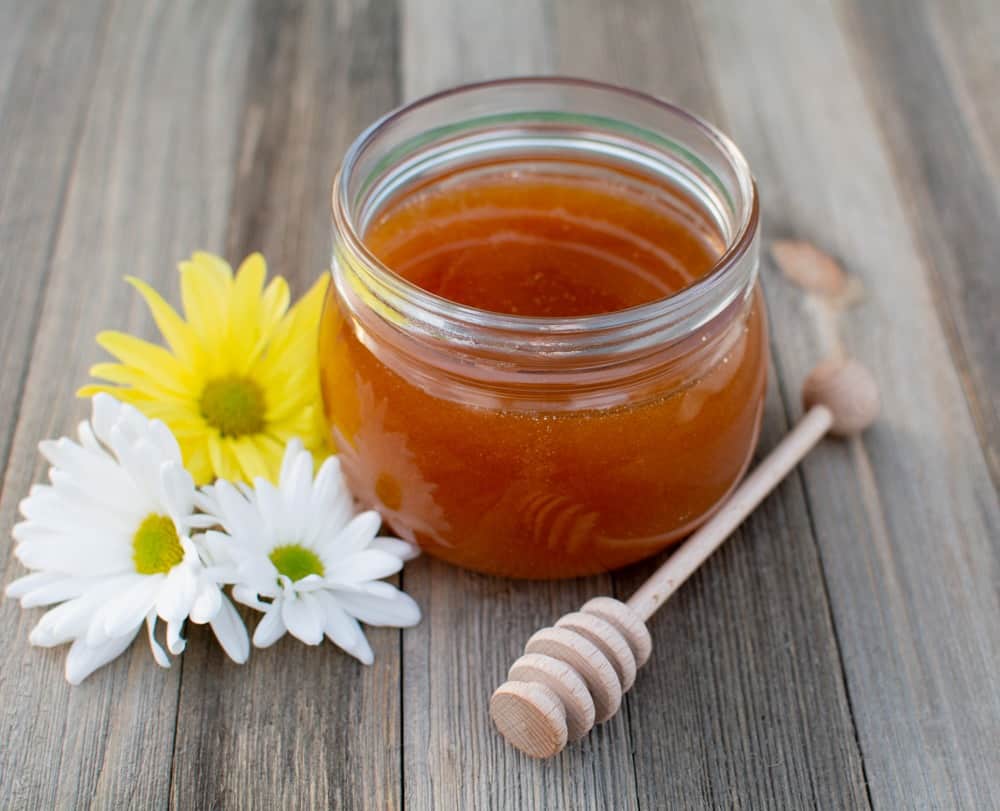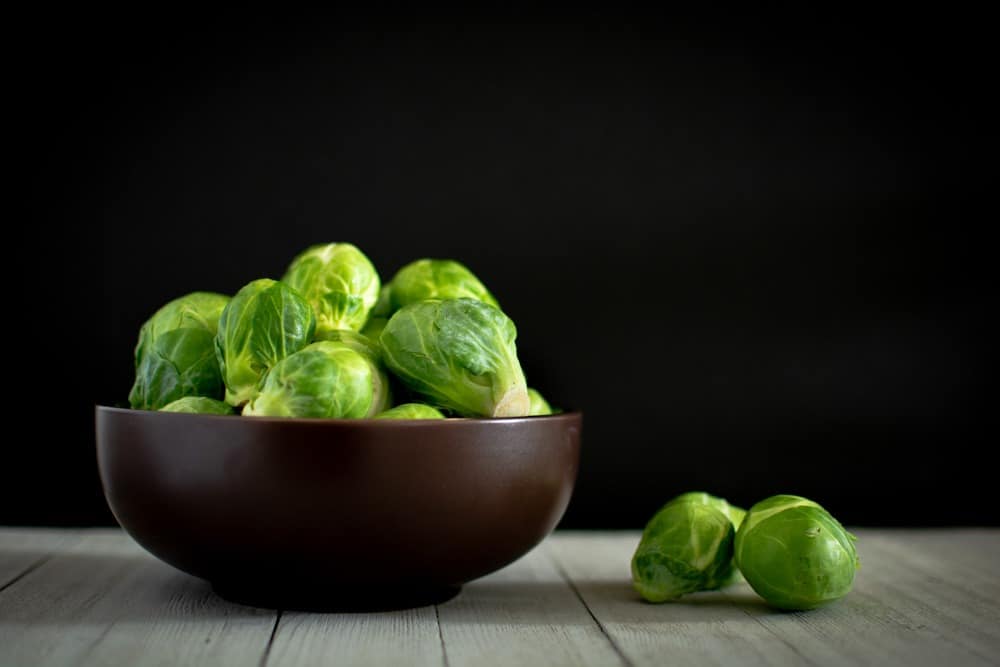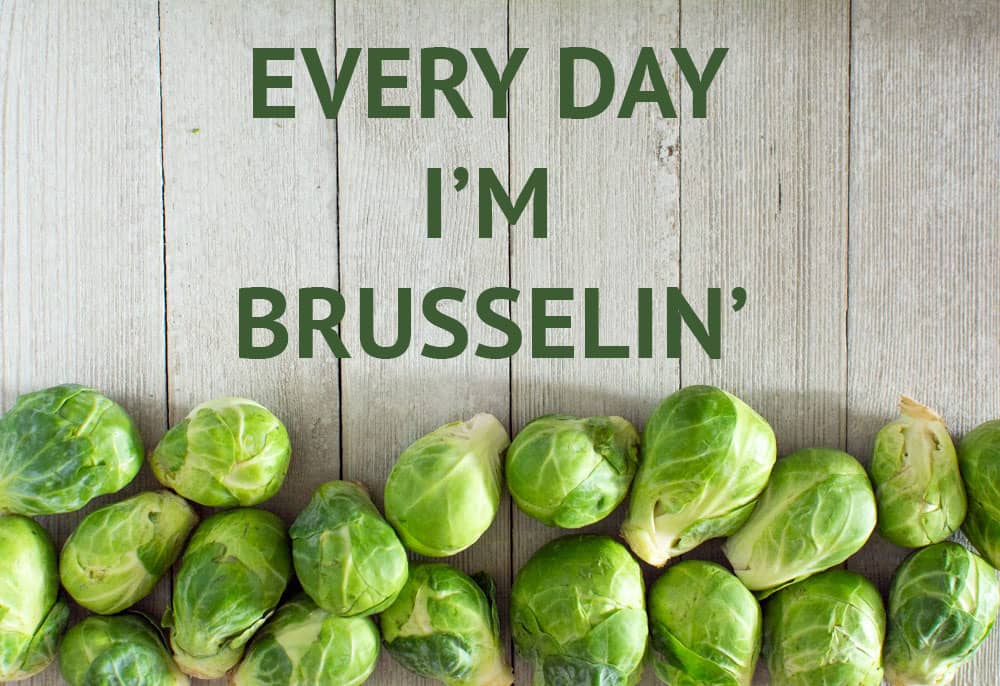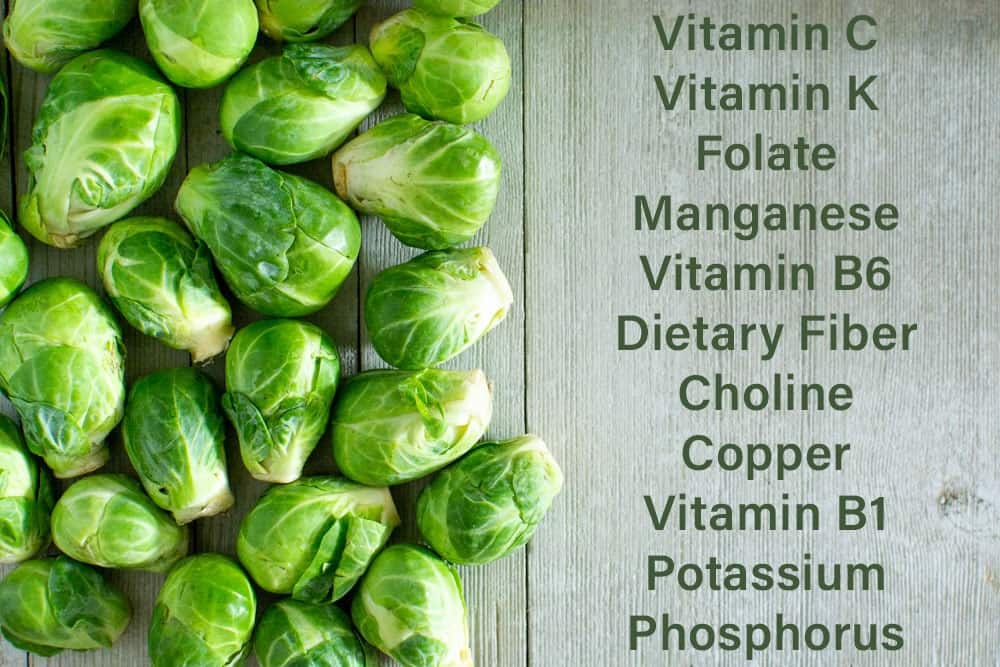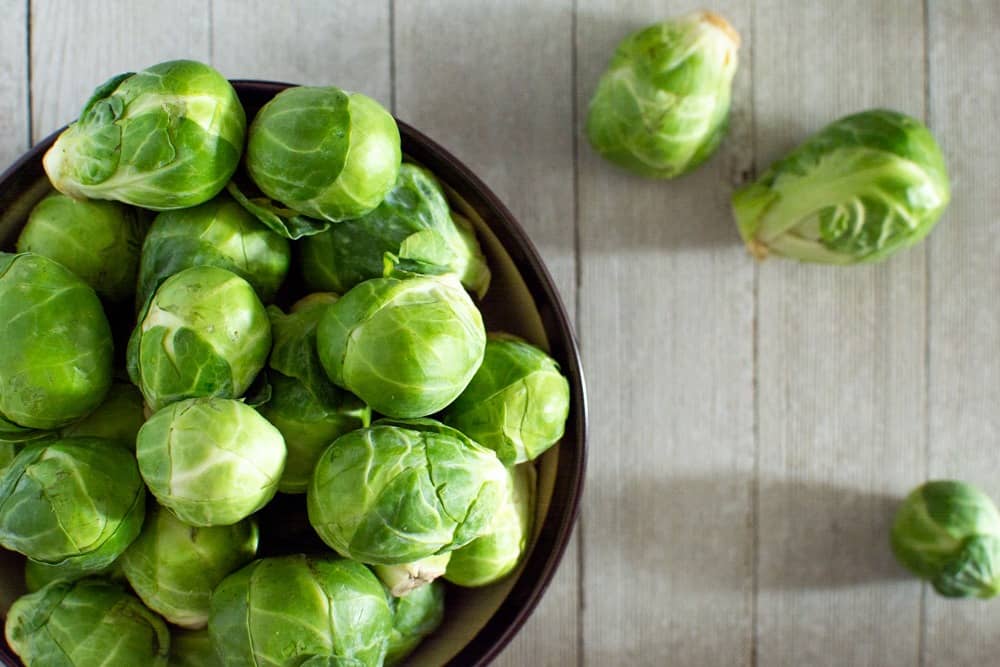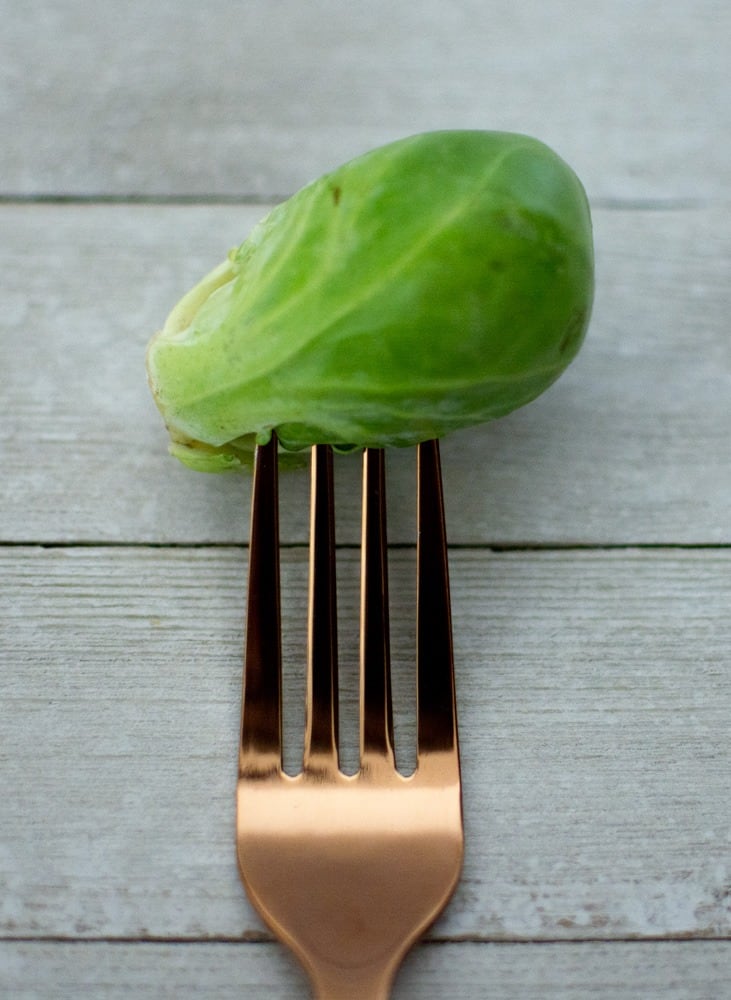Meal planning is all the rage right now, and for good reason! But if you ever try to implement it into your routine you may find a few hiccups along the way. I know I have! Read on to discover some common meal planning mistakes so you can avoid them.
NOT BEING FLEXIBLE
We all know that things don’t always go as planned. This can be devastating when you’ve dedicated a big chunk of time to pick your meals out.
At least once a week you’ll end up with a night that doesn’t fit in with your meal plan. This can happen when you end up not being home one night, not feeling well enough to put dinner together, or spending a night sobbing over a pint of ice cream after finding out that Fixer Upper was ending (don't tell me you weren't disappointed).
Instead of getting frustrated with yourself or at meal planning in general, you can make this work in your favor. I tend to have meals that use fresh ingredients that don’t last long and meals that use ingredients that last a little longer. I use the latter meals toward the end of the week.
If I end up not using one of the meals on the night I have planned I simply shift my dinners to different days and stretch out my plan a little longer. This can mean that you wait another day to do your grocery shopping or you have one less meal to plan for the next week.
For example, let’s say that I end up not making dinner on Tuesday. I had planned on making a hearty salad. I decide to make the salad on Wednesday and shift the rest of the meals out one day so I can still use my fresh ingredients before they go bad.
NOT TAKING INTO ACCOUNT WHAT FOOD YOU ALREADY HAVE
If you love to cook, Pinterest can be like making a Christmas list while window shopping, when it comes to recipes. This is why it is a good idea to shop your pantry before you browse online or through your cookbooks to find inspiration for meal ideas.
Most of the time you can come up with at least a couple of meals that you have most of the ingredients for already. Including these meals in your meal plan can help cut your grocery bill down.
For example, this week I had some onions and sweet potatoes still in my pantry and was able to plan a night for my Rosemary Sweet Potato Soup. This required no extra ingredients, just the addition of a few staple items I always have on hand.
I also had some frozen vegetables and stir fry noodles which turned into another night planned for stir fry.
MAKING IT TOO COMPLICATED
Meal planning can become complicated very fast. A few people can juggle or enjoy the chaos, but for most, it can be overwhelming. Don't make this meal planning mistake!
When I first started out I wanted to spend less money on my groceries. I loved the idea of using the same ingredients for different meals so I could buy things in bulk and save money.
It took a lot of work for me to plan my meals around using similar ingredients while keeping enough nutritional variety across my meals.
I got burnt out very fast and ended up giving up on meal planning for a while before trying it out again.
If you are just starting out, go easy. For you, this might mean only planning out dinners instead of all three meals. Maybe it means only planning out 3 nights or days at a time. When you get the hang of what you are doing you can always add in new elements.
On the same note, if you are feeling overwhelmed with it you can always scale back. Another option is to use a meal planning app, program, or template that does the work for you.
GIVING UP TOO EASILY
I mentioned already how I gave up meal planning after the first attempt. I didn’t try it again for about a year.
After my second attempt at using a different method, I fell in love. I realized that the benefits are too important to me to give up on it again.
There are so many methods to try and it is important to spend the time figuring out which one works for you. Try one method one week and another method the next week. I still switch it up depending on my mood!
For ideas on different meal planning methods to here.
It can definitely still be a chore. And there are some weeks where I don’t get to it. But it has become a regular part of my routine, and now I have a hard time living without.
NOT STICKING WITH THE PLAN
I know that I said it is important to be flexible in case things fall through. But don’t let this happen every night. Really make an effort to stick to the plan that you spent valuable time on. In the long run, it will make your life easier. This is one of my most common meal planning mistakes.
ONLY PLANNING DINNER
When you first start meal planning I suggest only planning dinners in order to keep things simple. However, if you never venture into planning out your other meals you’ll miss out on the benefits it has to offer.
Planning out your other meals can still be simple. You can plan on getting sandwich fixings for the whole week and having one to three breakfast ideas that you rotate through.
Having breakfast and lunch already planned out makes your day that much easier!
NOT TURNING IT INTO A HABIT
I don’t believe that we really own any good behavior until it becomes a part of us through consistent repetition. I know that meal planning isn’t some amazing act that sets us apart. But I do think that it frees up valuable time which we can use to do something that does set us apart.
When it becomes something that you automatically do every week, that is when you really start to reap the rewards. Be persistent and give it time.
Turning meal planning into a habit has helped me in more ways than one. Or even two. It will help you too. Trust me and stick with it!
What meal planning mistakes have you made? Are there any others you can think of that I haven't mentioned here? Let me know in the comments below!

